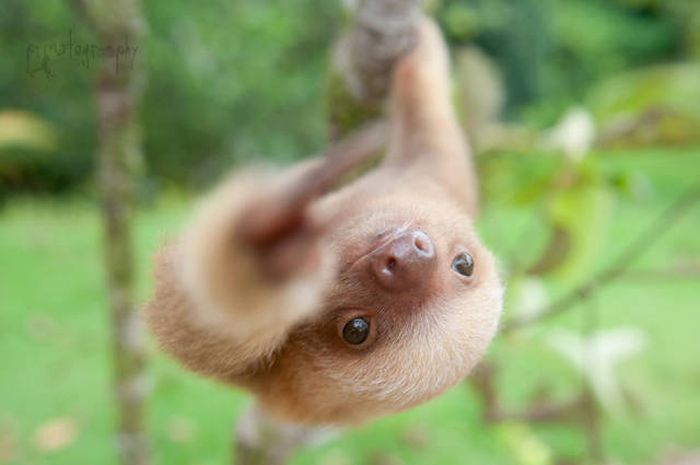|
|
Baby Sloth
|
Sloths' claws serve as their only natural defense. A cornered sloth may swipe at its attackers in an effort to scare them away or wound them. Despite sloths' apparent defenselessness, predators do not pose special problems: sloths blend in with the trees and, moving only slowly, do not attract attention. Only during their infrequent visits to ground level do they become vulnerable. The main predators of sloths are the jaguar, the harpy eagle, and humans. The majority of sloth deaths in Costa Rica are due to contact with electrical lines and poachers. Despite their adaptation to living in trees, sloths make competent swimmers. Their claws also provide a further unexpected deterrent to human hunters: when hanging upside-down in a tree they are held in place by the claws themselves and often do not fall down even if shot.
Sloths move only when necessary and even then very slowly: they have about a quarter as much muscle tissue as other animals of similar weight. They can move at a marginally higher speed if they are in immediate danger from a predator (4 m or 13 feet per minute for the three-toed sloth), but they burn large amounts of energy doing so. Their specialized hands and feet have long, curved claws to allow them to hang upside-down from branches without effort. While they sometimes sit on top of branches, they usually eat, sleep, and even give birth hanging from limbs. They sometimes remain hanging from branches after death. On the ground the maximum speed of the three-toed sloth is 2 m or 6.5 feet per minute.
|
|









